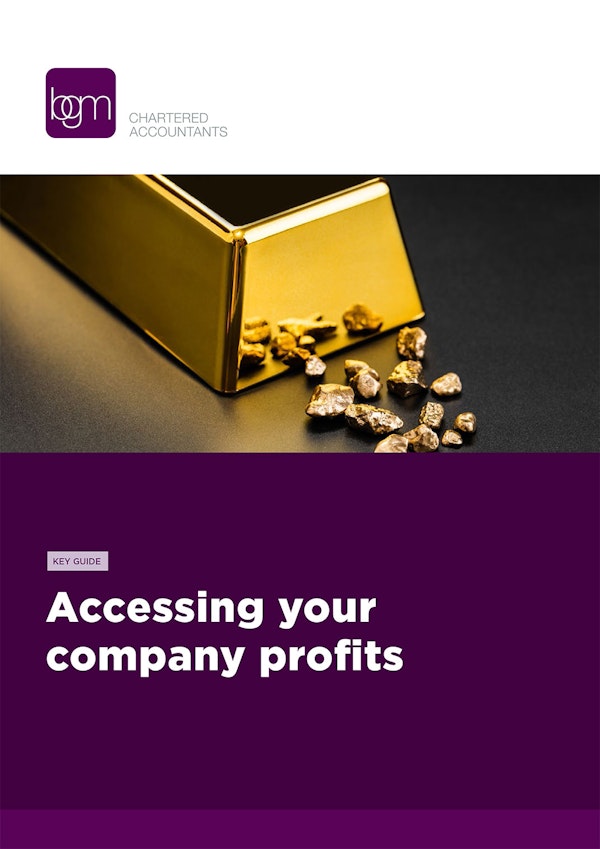Accessing your company profits
When business owner-managers take profits from their companies, it isn’t surprisingthat they want to do so in the most efficient manner. There are various ways to do this that can minimise both tax and national insurance contributions (NICs).
Of course, tax is not the only issue. You will almost certainly need to draw a basic level of income to cover your personal requirements, regardless of the tax cost, and to ensure sufficient profits are retained in the company to cover its future needs.
The Challenges
For most companies, the tax rules are in a state of flux; just because you have drawn profits in one way in the past does not mean that this is now the best approach. From 1 April 2023, the rate of corporation tax for companies with profits in excess of £250,000 has increased to 25%, and the taxation of dividends has become even more punitive following a reduction to the dividend allowance. From 6 April 2025, taking a salary will become more expensive as the October 2024 Budget increased the rate of employer NICs from 13.8% to 15%. Additional employer NICs will also be payable because the starting point is dropping from £9,100 to £5,000.
Owner-managers with profits between £50,000 and £250,000 now face a 26.5% marginal corporation tax charge, and they may therefore decide to take more drastic tax saving measures – such as making a substantial company pension contribution – than would have previously been considered. The government has confirmed that the higher rates of corporation tax will remain in place for the foreseeable future, although at least they should not be increased.





